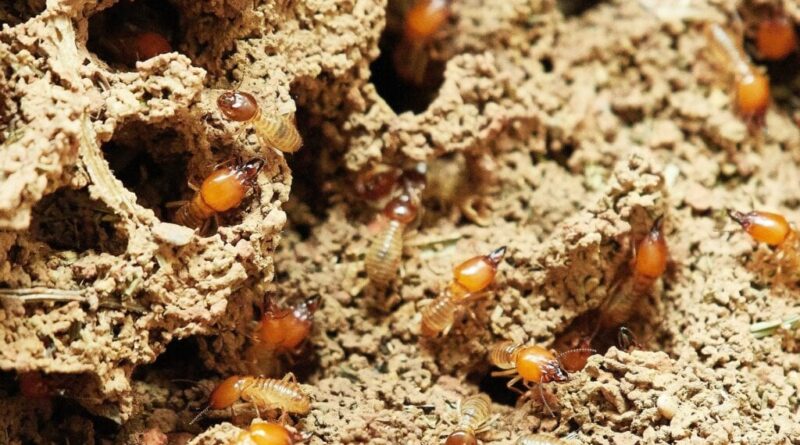How to Check Your Home for Termites & How to Do Termite Control by Yourself
Termites are every homeowners worst nightmare, since an infestation of these destructive critters cause thousands in damage to the structure of countless homes across the US.
So much so that Americans spend around $5 billion dollars each year repairing the damage caused by termites and on termite control to banish the pests.
With this in mind, it’s no wonder that you want to find out how to do termite control by yourself and how to check for termites – and if there’s any way to do so successfully without hiring termite control professionals.
Can I do my own termite inspection?
Not only can you do your own termite inspection (though an inspection by a pest control professional is always more thorough) but it’s essential for homeowners who want to protect their homes from these persistent wood-loving pests.
With this being said, you should inspect your property regularly – once every quarter is safest – and carry out certain tests to make sure you catch any termite problems early before they cause irreparable damage to your home. If you follow our home maintenance calendar you will do this once a year along with other projects to other pests away and your home in good repair.
The first tell-tale sign that you can look out for as a homeowner is the creation of mud tubes, which look exactly like they sound, as small tubes of mud that could be inside your home – in your bathroom, basement, or near the baseboards of your home – or on the outside, on the exterior walls, the foundation or any wood in the vicinity.
These tubes are built by termites in order to travel, and can be multiple different colors, including hay, beige, brown and brick-red. The presence of these tubes is a strong indicator that you have a termite infestation in your home.
If you have a crawl space or basement under your house this is the place you’re most likely to find signs that your home is harbouring a termite colony.
In addition to searching for mud tubes, you can check the wood present in these areas for signs of termite damage.
To do this, simply press the wood with your thumb to see if it has retained its structural integrity – if you’re able to press your thumb into the wood, then you should immediately call termite control to carry out a further inspection and potentially begin a termite treatment plan.
How can you protect your home from termites?
Since, many would rather not resort to using professional pest control, it’s no wonder that you want to know how to do termite control by yourself.
However, in the case of termites, the best DIY termite control measures you can implement are preventative – making sure that termites are stopped from getting into your home in the first place before they can cause a problem.
Luckily, there are a few things you can do to make sure your home stays termite free.
For starters, termites love a moist environment, so preventing water from collecting around the foundation of your home is a good first step to deterring termites – you can achieve this by sloping the ground from your home and installing gutters and downspouts where necessary.
Likewise, ensuring your basement or the crawl space underneath your home stays dry is crucial, as these are often some of termites’ favourite places in the home.
Ensuring you have ventilators – and that these ventilators are working properly – is the number one thing you can do, but if you find the environment below your home is still moist then you can use a dehumidifier or implement vapor barriers to keep these spaces dry.
Moreover, there are some great DIY termite control products on the market to deter termites from your home – one of the most effective being termite bait stations, which are planted around the perimeter of your home.
Termites are attracted to the stations as they contain a bait such as wood. Unbeknown to the termites, this wood is coated in a substance toxic to the pests, so they’re killed upon eating the bait and are henceforth unable to invade your home.
Does do it yourself termite control work?
The DIY termite control that you can carry out to minimise the risk of sustaining a termite infestation in your home is mostly limited to preventative actions.
If you find mud tubes, wood damage or even the little critters themselves in or just outside your home the best thing to do is to call termite control specialists.
While there are a few so-called DIY termite control remedies to be found online, more often that not these aren’t effective – and it’s not worth saving a little extra on DIY termite control only to fork out thousands to repair the termite damage to your home when it hasn’t been effective.
So does do it yourself termite control work? The answer is: not often. Once termites have invaded your home your best shot is calling in the professionals, but until then you can take DIY termite control preventative steps to stop these pests from invading your home in the first place.

